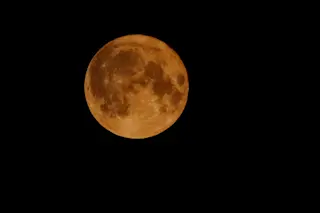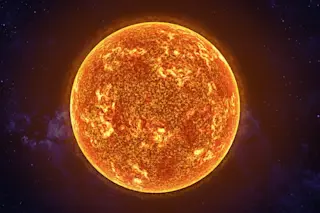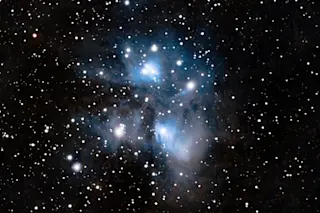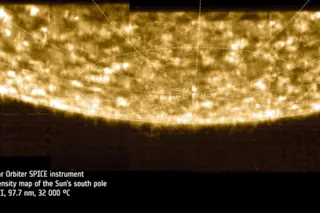Mount Wilson, Calif.—As a confessed Galileo groupie, I chose to hold my personal observance of the 2009 International Year of Astronomy on this summit in the San Gabriel Mountains east of Los Angeles. All around the world, astronomy enthusiasts are collaring the uninitiated to look skyward and see the things Galileo saw, from mountains on the moon to the star lanes of the Milky Way. But here at the Mount Wilson Observatory, a few astronomers still pursue an archaic artistic activity that Galileo pioneered: They make daily drawings of sunspots.
The existence of spots on the sun—announced more or less simultaneously four centuries ago by Galileo in Italy and several contemporaries in other countries—inflamed theologians and academics alike. The sun was presumed to be an immaculate, immutable body. How could its face be marred by dark blemishes that bloomed, grew, and moved about Galileo tried to answer those fundamental questions ...














